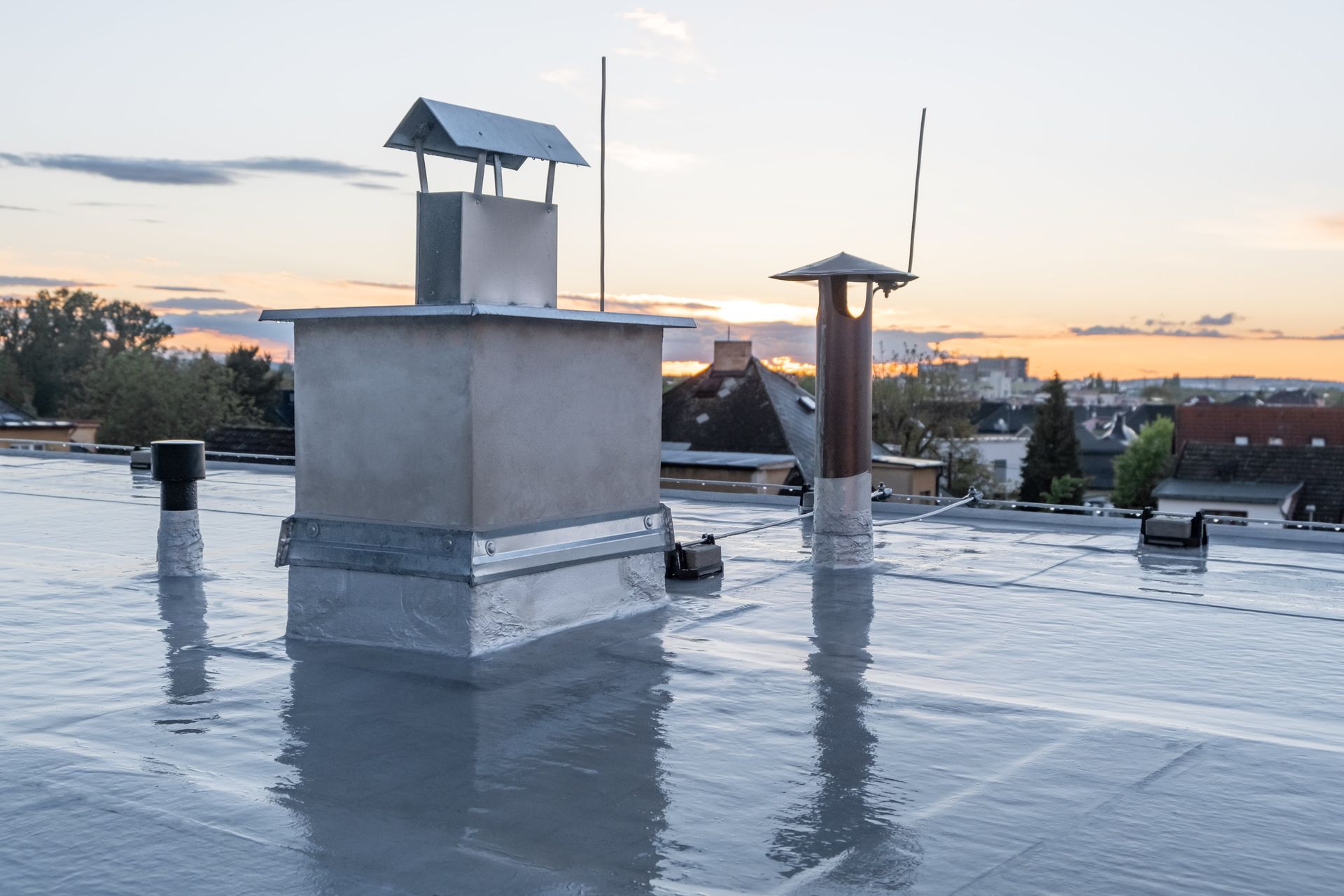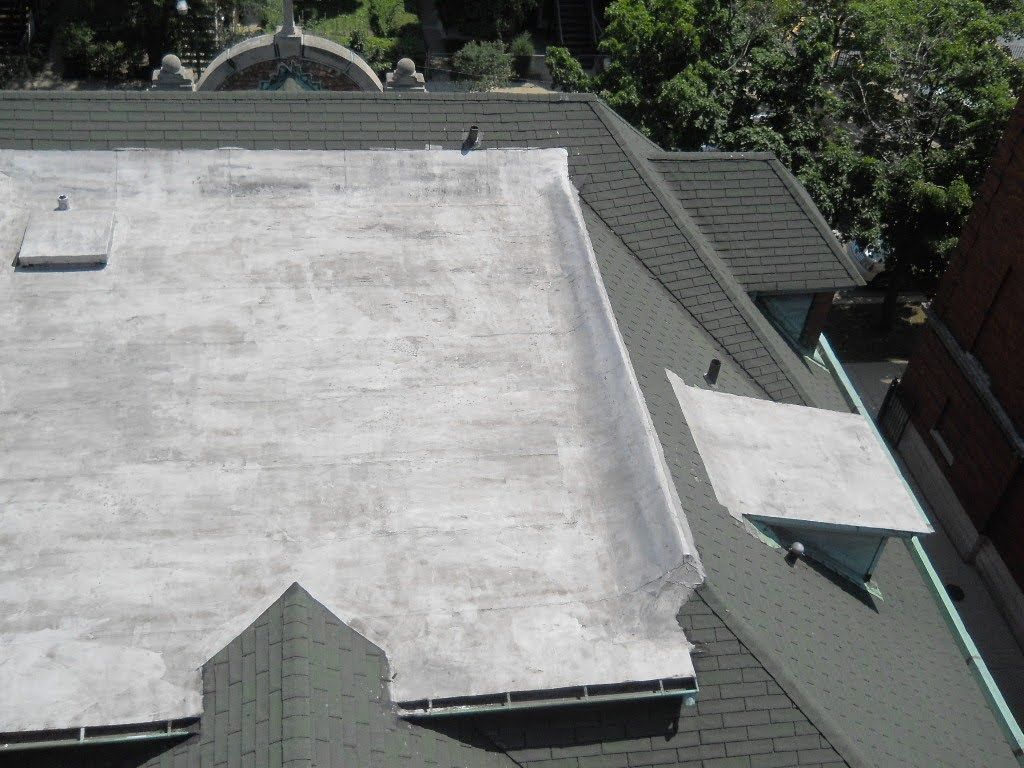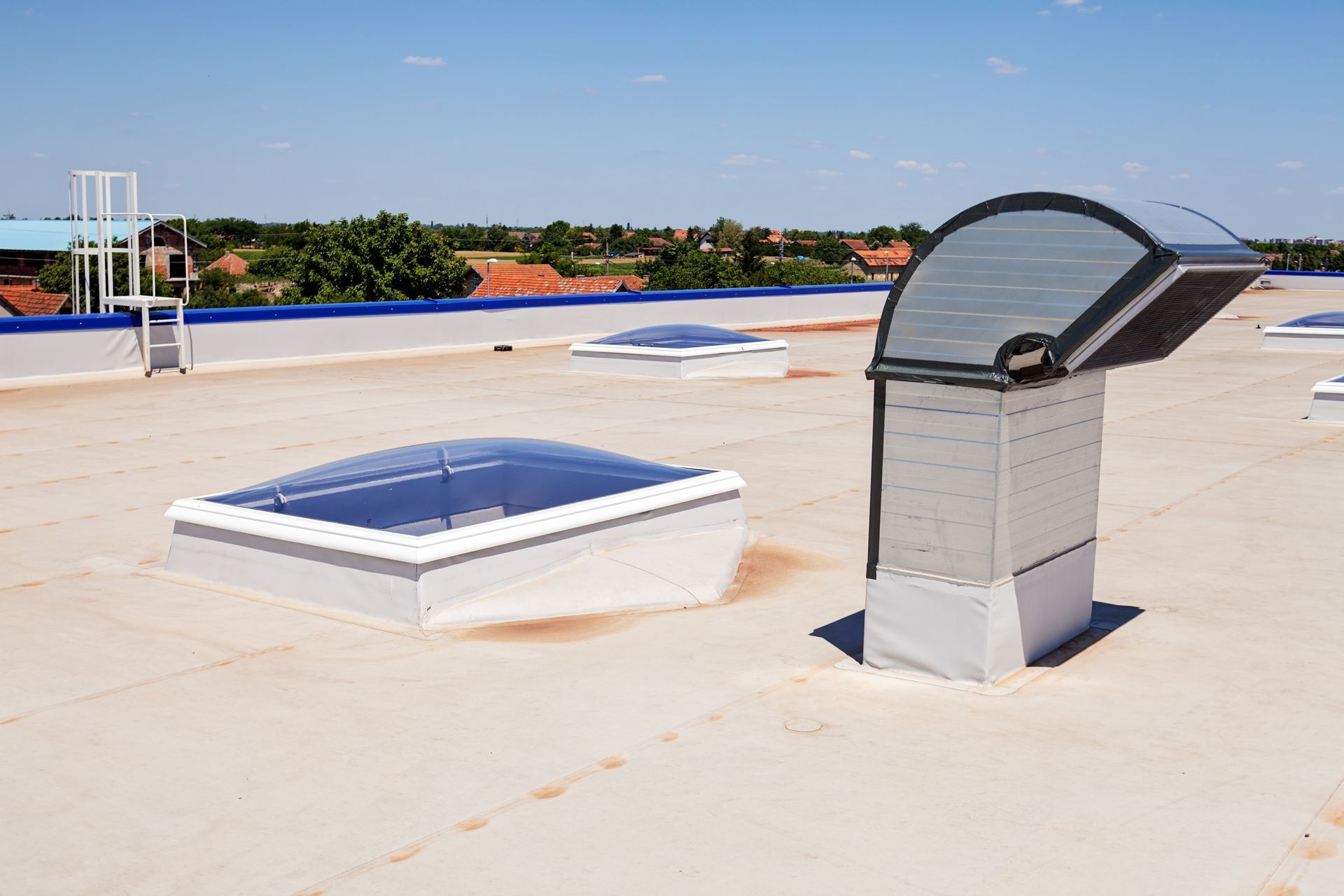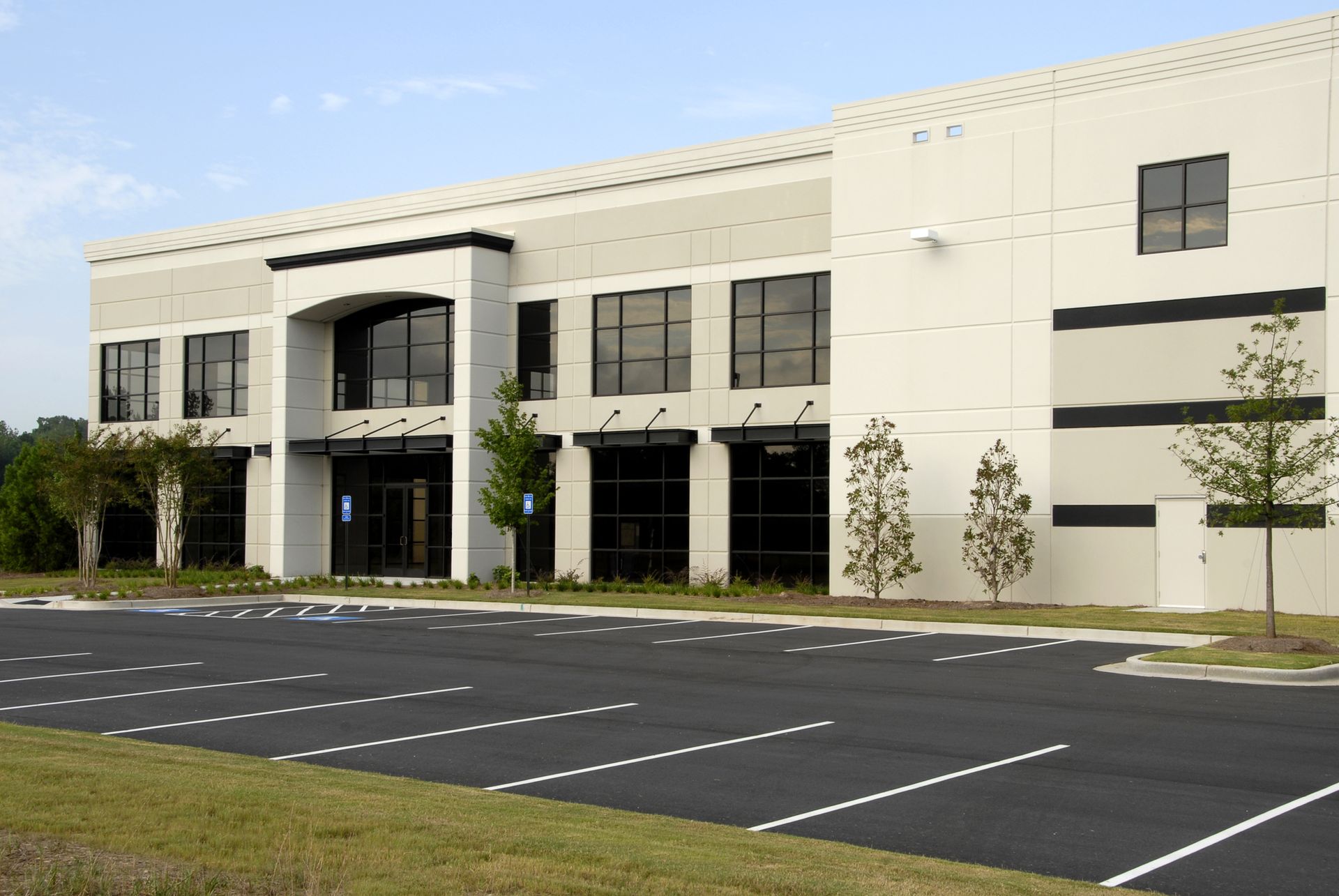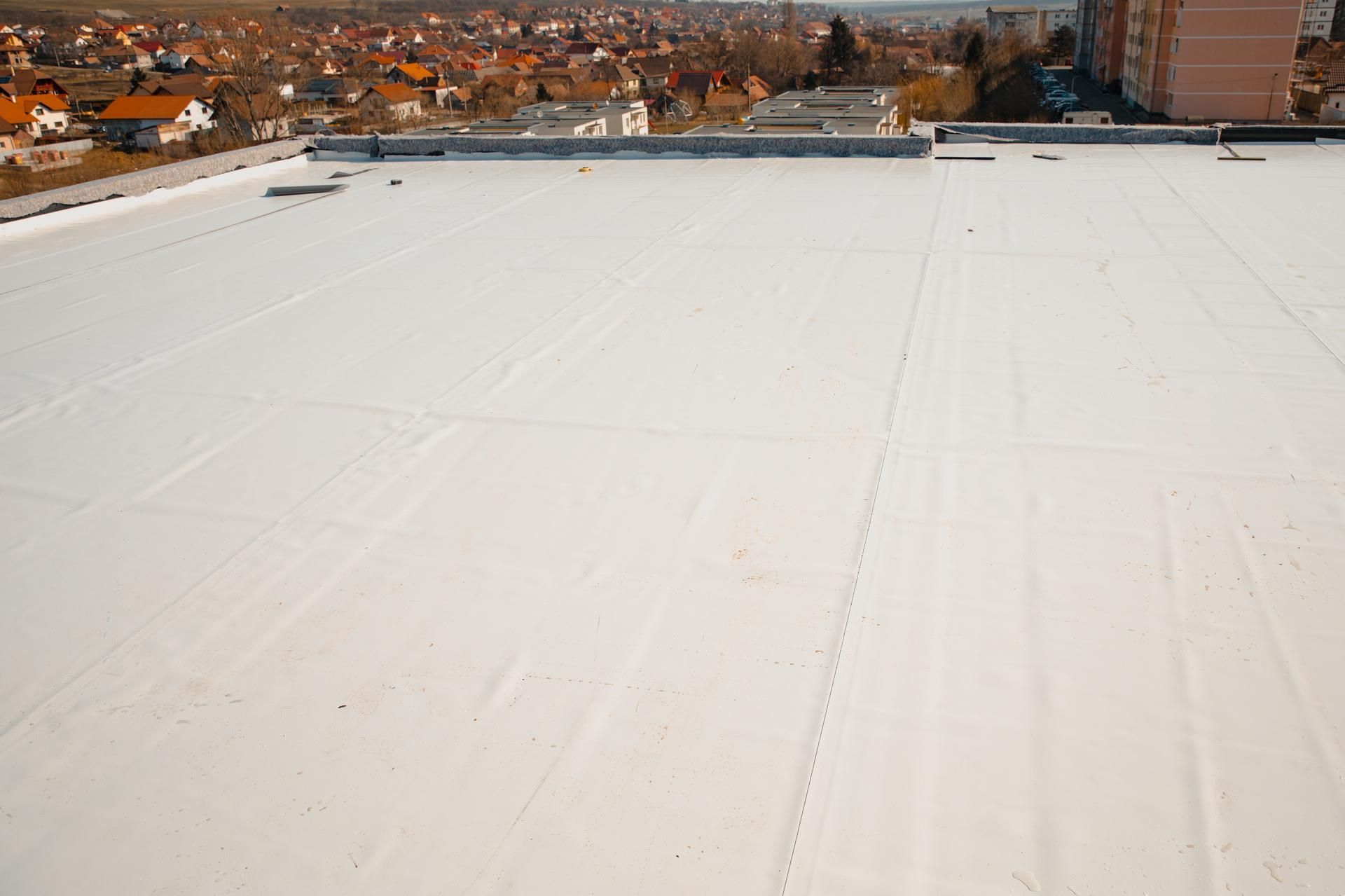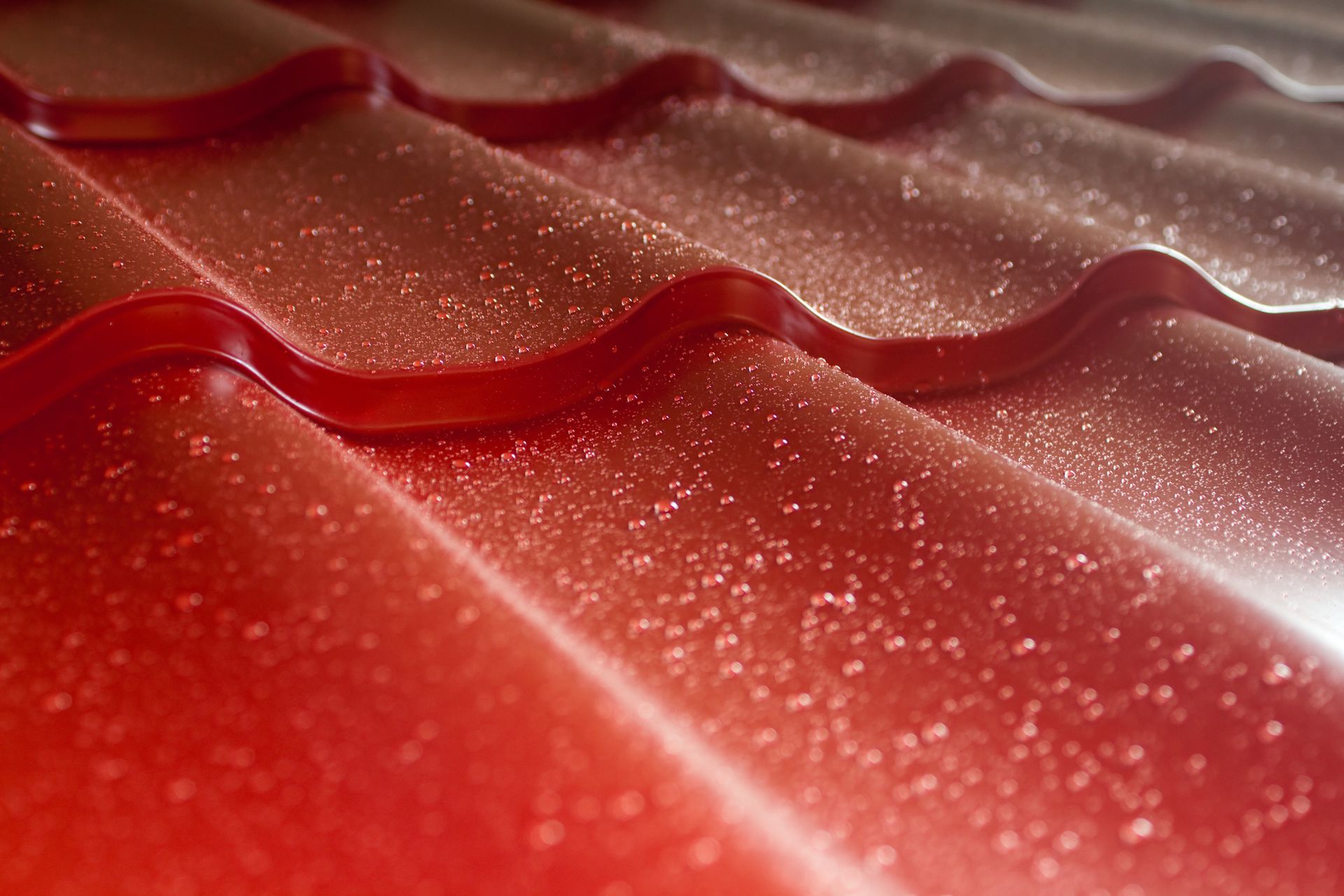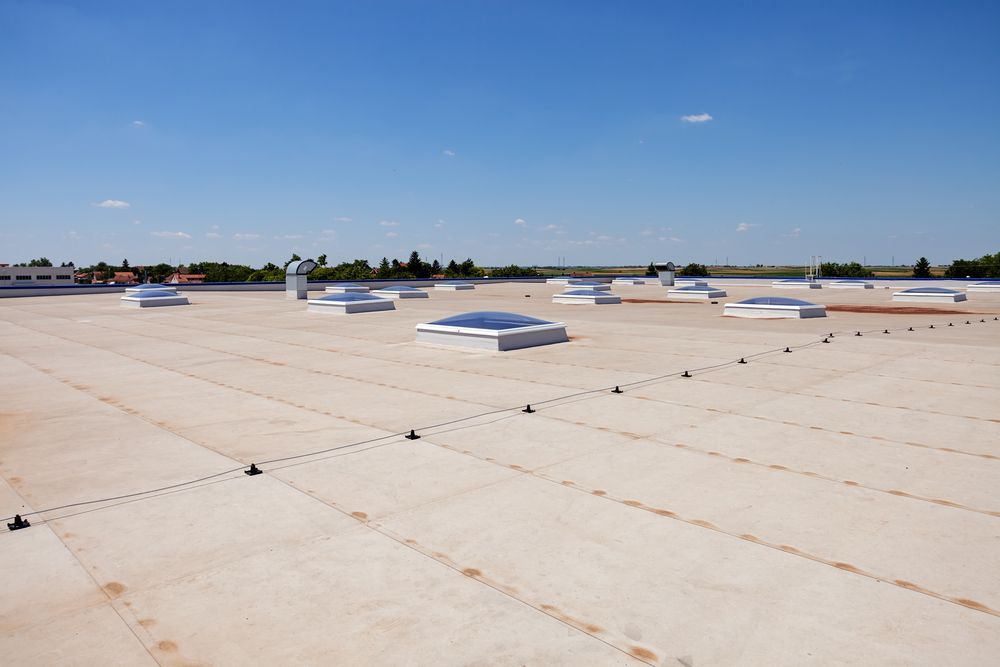A Step-by-Step Guide to PVC Roof Installation
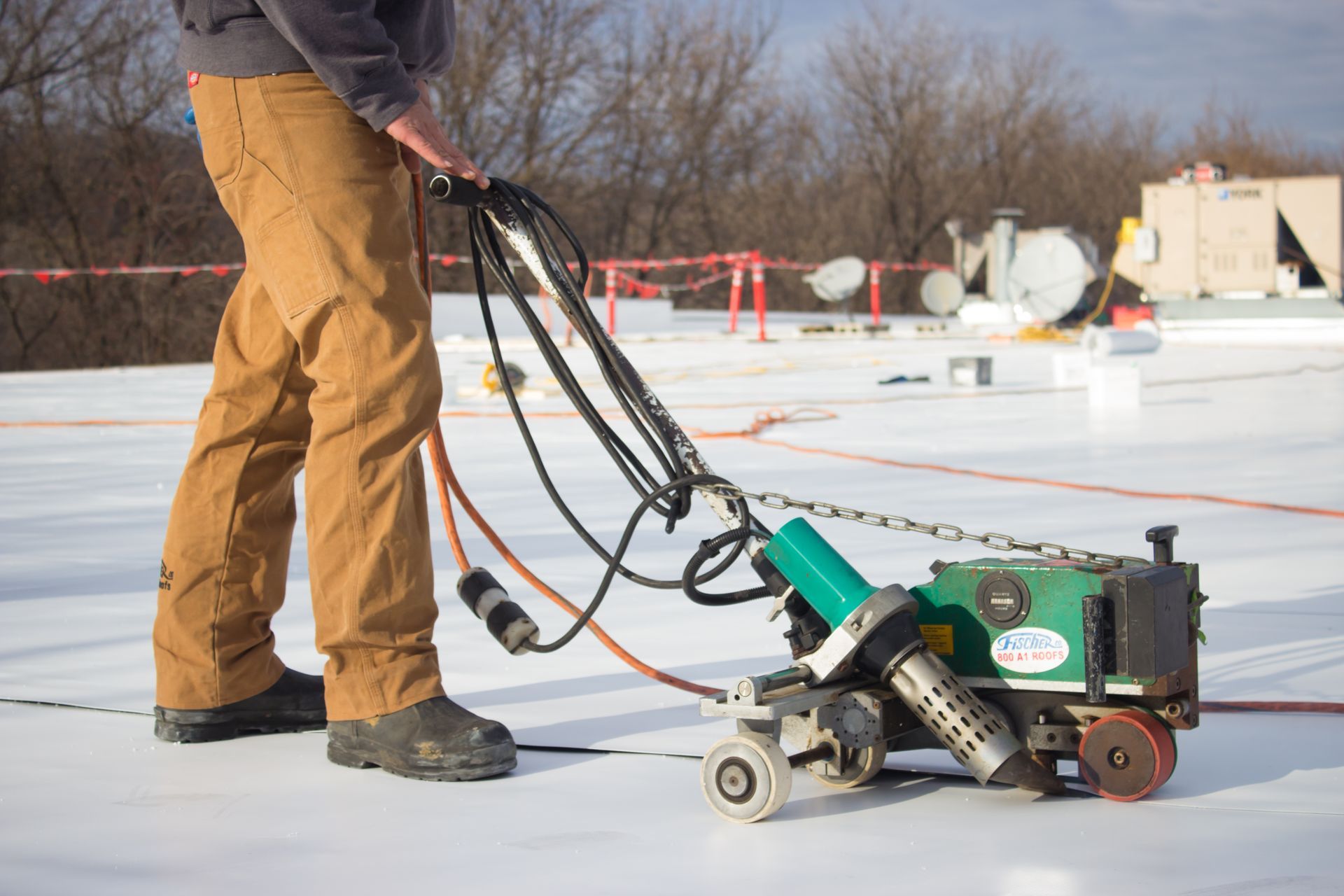
Are you considering installing a new roof on your commercial building? Look no further than PVC vinyl roofing. PVC roofs are durable, cost-effective, and energy-efficient options for commercial buildings. In this article, we will guide you through installing a PVC vinyl roof on your commercial building so you understand the process.
1. Planning and Preparation
Before you begin the installation process, it is crucial to plan and prepare thoroughly. You will need to start by assessing the condition of your current roof and determine if a PVC vinyl roof is the right choice for your building. Consult with a professional roofing contractor about your roof's condition and the options you may have. Next, calculate the materials needed for the installation, including PVC sheets, adhesives, fasteners, and flashing. Your roofer will also check local building codes and regulations to ensure compliance.
2. Removing the Existing Roof
The first thing to do when installing a PVC vinyl roof is to remove the existing roof materials. This may involve stripping away old EPDM or other roofing materials, as well as repairing any damage to the underlying structure. This process can be labor-intensive, requiring careful attention to avoid causing further damage. Any debris or leftover material should be thoroughly cleaned, and the surface should be inspected for any remaining imperfections that might affect the installation. Proper preparation ensures that the new roof will provide optimal performance and longevity.
3. Installing Insulation
Once the existing roof has been removed, it is time to install insulation on the roof deck. Proper insulation can help improve energy efficiency and reduce heating and cooling costs for your commercial building. Make sure to use high-quality insulation materials that are compatible with PVC vinyl roofing systems. Additionally, take care to properly secure the insulation to prevent any gaps or air leaks, which can undermine the effectiveness of the insulation. This step is crucial for maintaining a consistent indoor climate and prolonging the lifespan of your roof. Consult with your roofer if you are unsure about the best insulation options for your specific roofing needs.
4. Mechanically Fastening PVC Sheets
After the insulation is in place, it's time to fasten down the membrane. Start by rolling out a full roll or run of material and fastening down one end. Ensure the material is pulled taught and straight to minimize wrinkles. Fasten down the uphill seam as specified by manufacturer specs. Roll out the next sheet to overlap the fasteners installed along the previous sheet and repeat the process. Once the sheets are fastened seams can be welded with the hot air welder to form one monolithic sheet. .
5. Adding Flashing and Finishing Touches
To complete the installation of your PVC vinyl roof, add flashing around edges and penetrations such as vents or chimneys. Flashing helps prevent water infiltration at vulnerable points on the roof. Finally, inspect the entire roof carefully for any gaps or imperfections that may need to be addressed before finishing touches, like trim pieces or gutter installation.
Installing a PVC vinyl roof on your commercial building can be a complex process that requires careful planning and attention to detail. By following the steps outlined in this article, you can ensure a successful installation that will provide years of protection and energy savings for your building. For best results, hire professional roofing contractors with experience in working with PVC vinyl roofing systems. With proper installation and maintenance, a PVC vinyl roof can be a long-lasting investment that benefits both your business operations and bottom line. Contact our team to learn more today.


